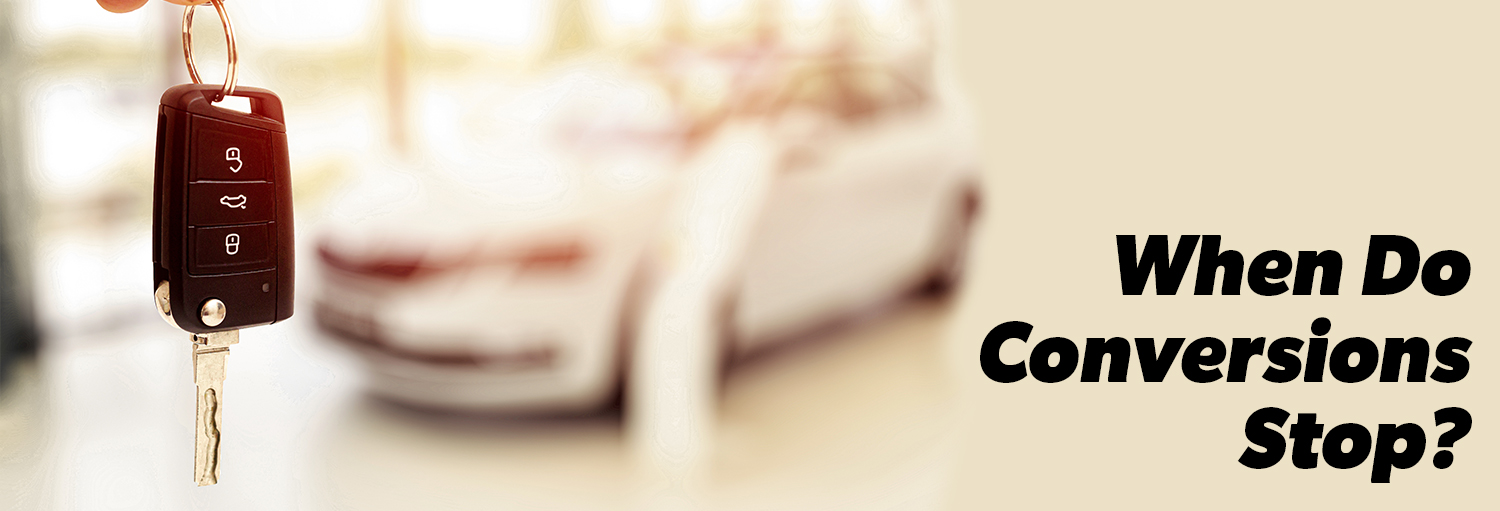There are all sorts of coaches and trainers in our industry. But there is a difference. Trainers are brought into an organization to teach a specific set of skills – kind of like what Liam Neeson is famous for saying in the movie Taken.” Maybe the trainer is there teaching sales skills, maybe they are teaching how to use a technology or perhaps it is product knowledge. The definition of coaching, however, is much different. According to Wikipedia:
- “Coaching is a form of development in which an experienced person, called a coach, supports a learner or client in achieving a specific personal or professional goal by providing training and guidance.”
While this may sound similar, it isn’t. Why? Because a coach is someone that is present all of the time. And should be in some form of management role. Most managers don’t take the time to identify or observe their staff. In the automotive space, managers tend to forget about the salesperson that is kicking butt monthly and focus on those that aren’t. Even then, the “coaching” turns into a negative thing as in “if you don’t sell 10 cars per month, we will have to let you go.” Rather than taking the time to “coach,” the feedback has been turned into one that makes the employee feel undesired and puts undue pressure on them.
Coaches should be leaders. Leaders don’t just coach, they do intentional coaching. What does that mean? It means that not only should leaders be looking at their underperformers but also be open to those employees’ feedback. Leaders aren’t all-knowing. Perhaps there is a good reason for those employees to be underperforming. An analogy would be something similar to telling a carpenter to build a house and, when they can’t, firing them. Had the leader listened, he might have learned that the carpenter didn’t have a hammer – or maybe even nails.
On the other side of the coin, leaders shouldn’t forget about those employees that are doing great but rather discuss with them how they can improve. Just because 20-car Freddy is killing it every month doesn’t mean that a leader shouldn’t discuss with Freddy how they can get to the next level and become 25-car Freddy. For leaders, it’s easy to underestimate how much help their employees need for them to achieve MAP (the Minimum Accepted Performance) regardless of whether they are under or overachieving.
Leaders have to get away from simply identifying and coaching underperformers with a negative mindset but rather trust their employees, and collaborate with them as partners in a positive way. Leaders will ALWAYS have time for their employees. Leaders will ALWAYS be willing to listen to their feedback and, most importantly, leaders will ALWAYS be able to identify when THEY are wrong and be willing to be coached by their staff. What’s that famous phrase: A great leader is someone that is a great follower?
Don’t let time stand in the way. Your people are the most important asset your business has. By either ignoring them or throwing negativity at them rather than listening to their challenges as well as how they think those challenges could be fixed, you are doing your business a disservice.
When was the last time that you took to do a leader walk? A leader walk is simply when a leader visits every employee in every department in order to observe, interact and find “in the moment” opportunities to be involved and coach their employees. A great leader doesn’t allow separation between themselves and their staff but rather creates opportunities with which they can be a part of their organization in an open and visible way to not only show appreciation to their staff but also to listen to them, hear their challenges in real-time and discuss with them how – between the employee and the leader – those challenges can be overcome.
Stop staying in the leader/manager “Ivory Tower” hiding behind the one-way glass and get involved with all departments in the organization. Observe and interact with not only employees but also other management peers and customers. Find out what motivates them, develop relationships, recognize and reinforce the right behaviors while offering appreciation, encouragement and seeking input. A leader is a role model and a teacher. By following this advice, you’ll create a better company culture, find your employees overachieving, increase retention and create a better customer experience. Now stop reading and start doing.
-Originally published by Digital Dealer

Arnold Tijerina is the Brand Coordinator at Dealer World and has over 20 years’ experience in the auto industry, 7 of which were in retail before transitioning to positions which allowed him to share his knowledge and expertise in sales, digital marketing and social media with dealers. His retail experience encompasses most dealership sales and management positions with the majority of it as an Internet Director for two large auto groups in Southern California. He is an active and respected member of the online automotive community and is known for his expertise in digital marketing and social media.


